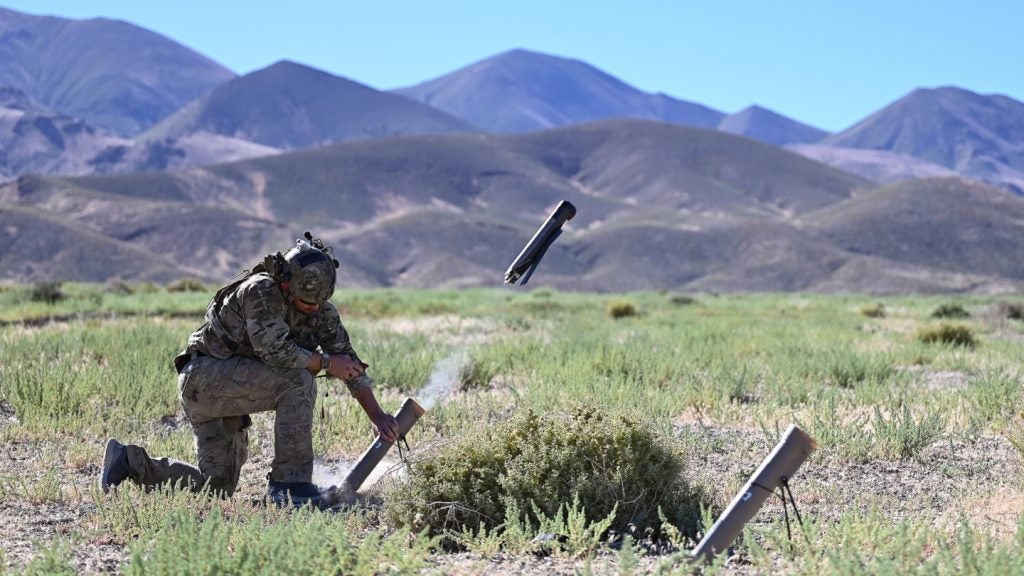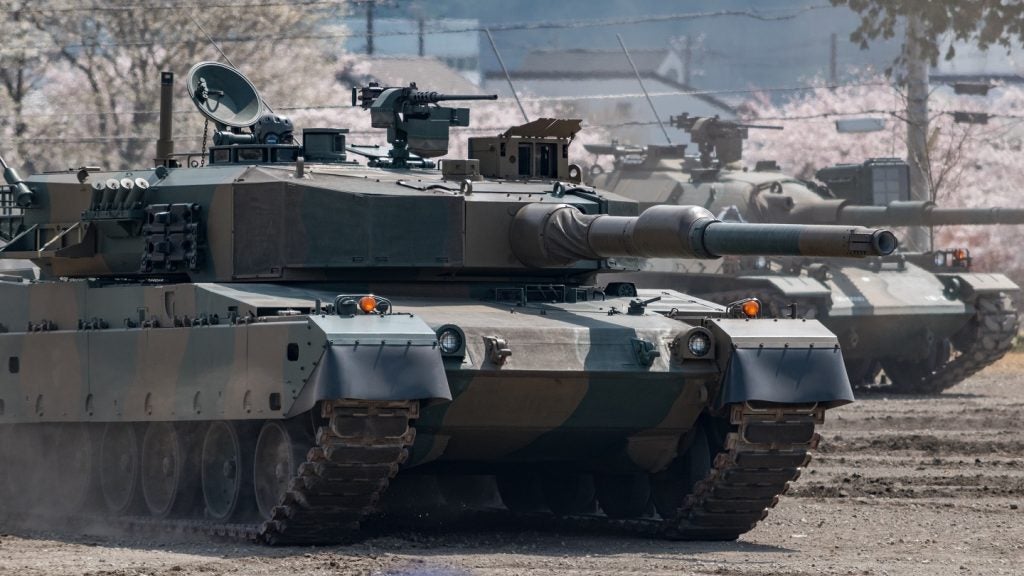
Camp Bastion, the British military base in Afghanistan, north-west of Lashkar Gar, is well-named. Despite being thrown up by a regiment of Royal Engineers in 2006, its metres-thick ramparts are as impervious to attack as any historic fortification, and have proved resistant to very modern attacks, from rockets to vehicles being driven into them.
These bulwarks are constructed from gabions; wirework containers filled with local rocks and soil, a concept that dates back to mediaeval times. But these are the most contemporary gabions, manufactured by HESCO Bastion, which can be unravelled from the back of a truck in minutes, with minimal manpower and filled with local desert soil and rocks by digger trucks and subjected to ‘human compaction’ – soldiers jumping on it, in other words. The latest versions can be emptied and packed into the same pallets on which they arrived, leaving no sign they were there.
Founded in Leeds in 1991, HESCO originally made barriers designed to prevent shore erosion and act as a retaining wall, but they were soon identified by the military as a potential protection system.
Under the leadership of colourful entrepreneur James William ‘Jimi’ Heselden OBE, the company went from strength to strength as a military supplier. A former coal miner, Heselden went on to buy personal transport system manufacturer Segway, and tragically died while riding one of the company’s devices in 2012.
Back to basics: using earth as an effective barrier
Hamish Russell, business development manager at HESCO Bastion, explains that the basics of the HESCO system are simple. “Our trademark gabion is a basket-like structure like you see alongside high motorway sidings lined with a non-woven polypropylene geotextile, which is a permeable fabric designed for use with soil.
“This is filled with locally-sourced earth to deliver blast protection and vehicle impact, though not all soils are suitable, such as those with high water content like peat. Sand and gravel is ideal.”
How well do you really know your competitors?
Access the most comprehensive Company Profiles on the market, powered by GlobalData. Save hours of research. Gain competitive edge.

Thank you!
Your download email will arrive shortly
Not ready to buy yet? Download a free sample
We are confident about the unique quality of our Company Profiles. However, we want you to make the most beneficial decision for your business, so we offer a free sample that you can download by submitting the below form
By GlobalDataRussell says that the system has made HESCO the leading man-or-force protection provider for the UK, US, Nato and UN, as well as being used to protect critical infrastructure, such as oil and gas installations.
The backbone of HESCO’s product range is the Concertainer system, which comes in 13 sizes including a load-bearing variant, which can be used to build walls, security fences, vehicle barriers, guard posts, mortar pits and bunkers, among others. Toughened roofs and internal walls are also available to complete structures and buildings made from them.
The Concertainer system gets its name from the fact that the fabric-lined basket units can be quickly unfolded by troops in a zig-zag fashion. The units are joined together with long pins to create the required structure, before being filled and manually compacted.
When the Concertainer units, known as Mil, were first introduced, they were tested by the Ministry of Defence to assess their viability as a replacement for sandbags. They have since been tested by 15 international authorities and are proven effective against a range of weapons, including small arms, grenades, mortars, artillery and vehicle-borne improvised explosive devices (VBIED).
Movable fortresses: flat-pack Recoverable Mil units
They have also been proven effective as a vehicle intrusion barrier, with the US Department of State awarding Concertainer units K-12 Certification, only given to products that can prevent a 15,000lb truck travelling at 50mph from penetrating by more than one metre inside a barrier.
HESCO’s Mil units are also available in a rapidly-deployable barrier system known as RAID. Pre-connected lengths are stacked in a magazine and can be deployed to the required length from the back of a truck.
“Our RAID system deploys in 20ft containers and comes in three different sizes,” says Russell.
“It alleviates the logistical burden and it has proven a favourite with soldiers as it is so quick.”
Although used to create semi-permanent structures, until recently dismantled structures could not be recovered and re-used.
“Until last year, only one unit the company made was reusable,” says Russell.
“We decided to focus on the green issue, and given the draw-down from conflicts in the Middle East currently underway, the military does not want to leave infrastructure behind. Even when they are dismantled, the wire from traditional gabions has to be dealt with.”
New Recoverable Mil units can be opened from the side to let the earth filling out, then flat-packed and recovered back to the same pallet on which arrived, taking up no more space than the unused system.
HESCO also manufactures kits to build habitable structures for soldiers to live and work in.
“The HAB 1 bunker is designed for accommodation, while HAB 2 is used more for bespoke applications such as medical facilities, and can be fitted with a sterile liner and storage space,” says Russell.
Looking to the future, Russell believes HESCO’s recoverable units show commitment to the ongoing peacekeeping efforts in the Middle East during and after the draw-down of Nato troops. “As fewer forward operating bases are required, the versatile, re-usable and recoverable units show our commitment to supporting critical infrastructure and security,” he says.
A mediaeval concept for 21st century applications
Despite the withdrawal of Nato troops, ongoing contracts with the US and UK militaries, among others, mean HESCO is unlikely to see much of a reduction in its military business. “We’re always looking to enhance our product,” says Russell. “We make it better by being customer-focused, such as responding to the need for recoverable units.”
With such a commitment to innovation, HESCO is well-placed to ensure that the mediaeval concept of soil-filled gabions will keep pace with the needs of a 21st century military.







